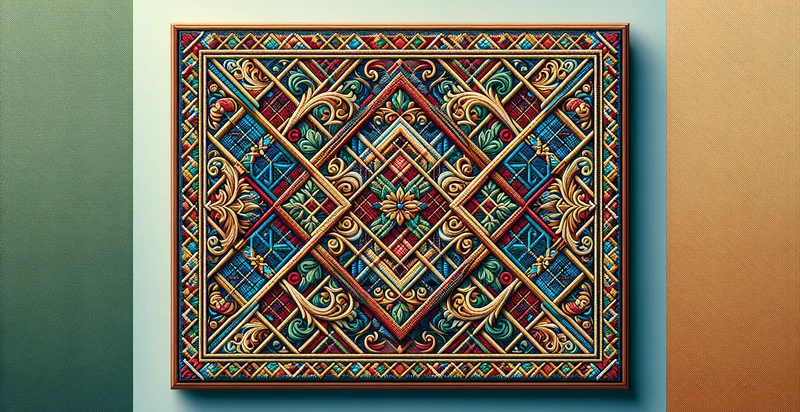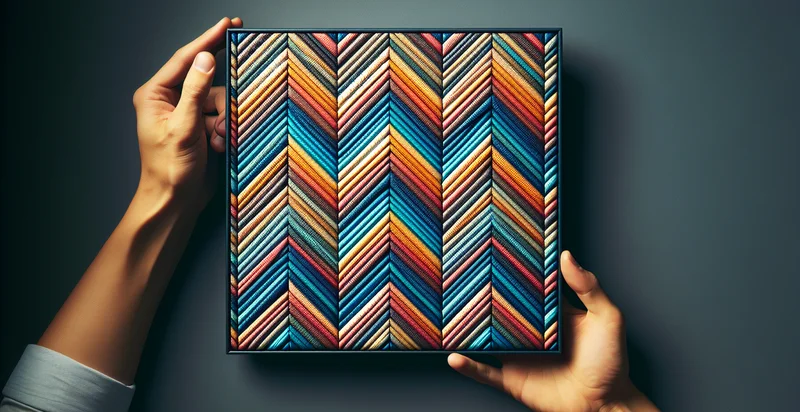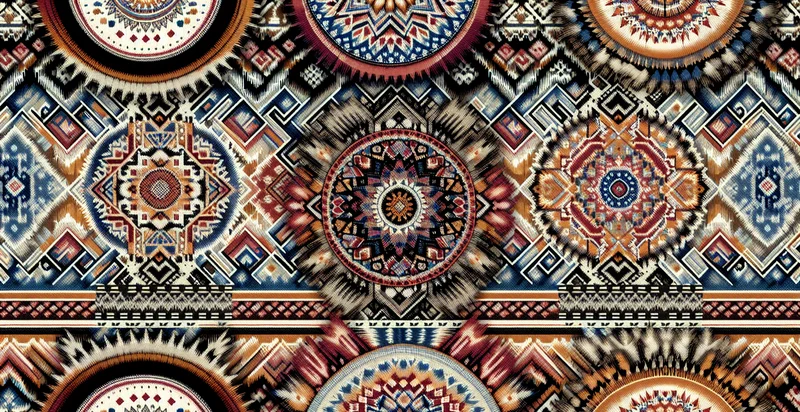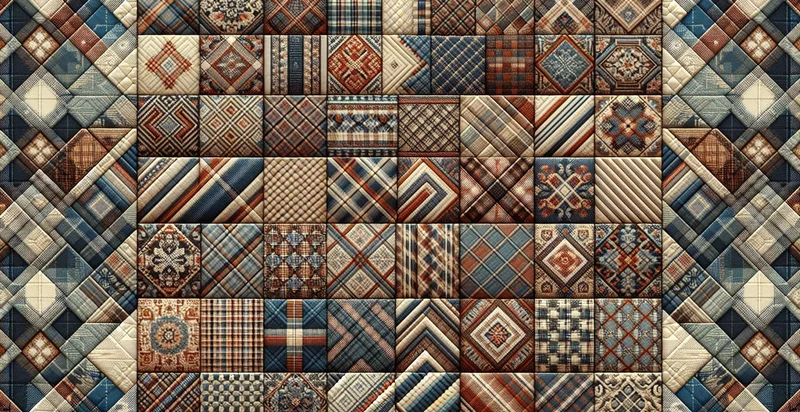Identify if pattern is argyle
using AI
Below is a free classifier to identify if pattern is argyle. Just upload your image, and our AI will predict if the pattern is argyle - in just seconds.

Contact us for API access
Or, use Nyckel to build highly-accurate custom classifiers in just minutes. No PhD required.
Get started
import nyckel
credentials = nyckel.Credentials("YOUR_CLIENT_ID", "YOUR_CLIENT_SECRET")
nyckel.invoke("if-pattern-is-argyle-identifier", "your_image_url", credentials)
fetch('https://www.nyckel.com/v1/functions/if-pattern-is-argyle-identifier/invoke', {
method: 'POST',
headers: {
'Authorization': 'Bearer ' + 'YOUR_BEARER_TOKEN',
'Content-Type': 'application/json',
},
body: JSON.stringify(
{"data": "your_image_url"}
)
})
.then(response => response.json())
.then(data => console.log(data));
curl -X POST \
-H "Content-Type: application/json" \
-H "Authorization: Bearer YOUR_BEARER_TOKEN" \
-d '{"data": "your_image_url"}' \
https://www.nyckel.com/v1/functions/if-pattern-is-argyle-identifier/invoke
How this classifier works
To start, upload your image. Our AI tool will then predict if the pattern is argyle.
This pretrained image model uses a Nyckel-created dataset and has 2 labels, including Argyle and Not Argyle.
We'll also show a confidence score (the higher the number, the more confident the AI model is around if the pattern is argyle).
Whether you're just curious or building if pattern is argyle detection into your application, we hope our classifier proves helpful.
Related Classifiers
Need to identify if pattern is argyle at scale?
Get API or Zapier access to this classifier for free. It's perfect for:
- Fashion Retail Inventory Management: Retailers can utilize the argyle pattern identification function to streamline their inventory management processes. By automatically classifying garments with argyle patterns, retailers can optimize stock levels and ensure that trending styles are readily available for customers.
- Personalized Online Shopping Experience: E-commerce platforms can leverage the argyle pattern classification to enhance personalized product recommendations. By identifying argyle-patterned items within a customer's browsing history, the platform can suggest similar products, improving customer satisfaction and possible sales conversions.
- Quality Control in Textile Manufacturing: Manufacturers can integrate this image classification function into their quality control systems to detect argyle patterns in textiles. This ensures that only products meeting the design specifications are sent to market, thereby maintaining brand integrity and reducing returns.
- Digital Marketing Campaigns: Marketers can use argyle pattern identification to target ads more effectively towards consumers interested in specific styles. By analyzing user engagement with argyle-patterned products, they can tailor marketing campaigns to appeal to fashion-conscious individuals.
- Fashion Trend Analysis: Fashion analysts can employ the classification function to track the prevalence of argyle patterns in collections from various brands. This data-driven approach helps predict upcoming trends and informs designers about consumer preferences in textile patterns.
- Augmented Reality (AR) Try-Ons: AR applications in fashion can utilize this image classification to allow users to virtually try on argyle-patterned clothing. By ensuring the pattern is accurately recognized, users can see how the garment would look in real time, enhancing the shopping experience.
- Sustainable Fashion Initiatives: Brands focused on sustainability can utilize the argyle pattern classification to monitor the use of materials and patterns in their collections. By assessing the impact of specific designs like argyle on consumer behavior, companies can make informed decisions about material sourcing and design modifications.


